Trumpeter 1/32 F4U-1A Corsair
By Lukasz Kedzierski
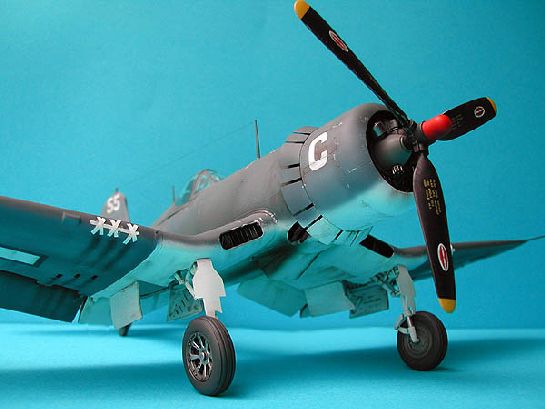
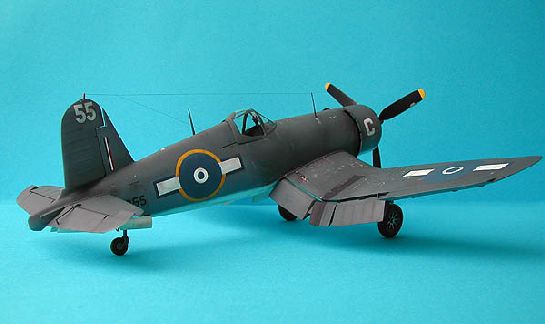
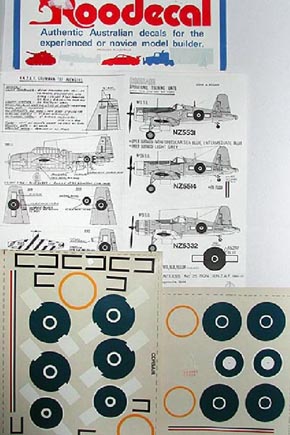
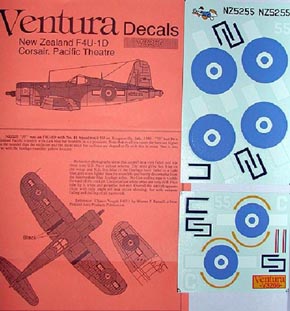
My Kiwi Corsair was built as a result of a recent trip to New Zealand and an inspiration I got from attending the Warbirds over Wanaka 2004 airshow. Since I already have several kits in 1:48 scale I decided to go for something bigger and more unusual (at least for me). My choice was the new Trumpeter F4U-1D in 1:32 scale. Quick internet search revealed that I faced rather limited choice of RNZAF decals in this scale. The only decals sheets I could find were Ventura Decals set for F4U-1D NZ5255 Corsair and RooDecal sheet containing generic F4U-1A/D markings. Fortunately for me both of them were available at Snowy Mountain Models in Melbourne and quickly made their way to my desk.
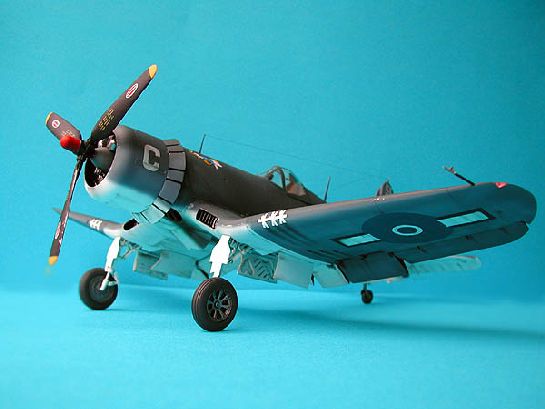
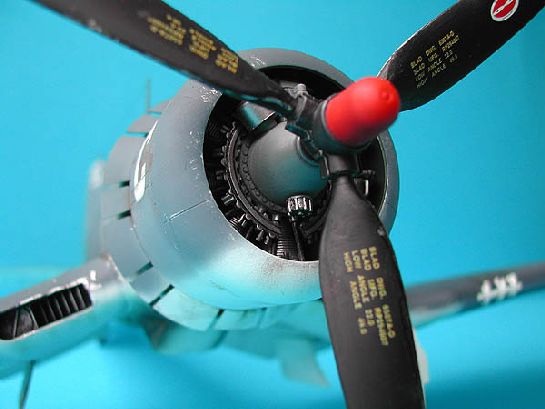
The kit itself is quite impressive when it comes to number of parts and a level of detail. The first positive impression is spoiled upon closer examination, which reveals several ejector pin marks present in tricky places such as a wingfold, wheel wells, pilot's seat etc. Some of them are hard to deal with, whereas some of the others are invisible later on. One way or another I did not like them and tried to remove most of what I could. I decided to build my Corsair OOB and the only addition was the seat harness made from aluminium foil with buckles done from photoetched parts from a spare box. The cockpit is pretty well detailed and looks great when assembled and painted. I decided to include the cockpit floor as well, although it was not present on F4U-1As or -1Ds. However, its inclusion makes life easier since all the cockpit components are supported by the floor. The arrestor hook was removed from the tail wheel since RNZAF Corsairs did not have them. The construction was pretty straightforward until I reached the wing centre section. The fit in this area is very poor - wheel wells, intakes in the wing root or the wing-fuselage joint all required some putty and sanding unlike the rest of the kit. I decided not to open the gun bays and leave the wings in extended position. The latter obviously required gluing the outer wing sections to the centre section, and surprise, surprise the fit here was very poor again. The kit was backdated to the F4U-1A standard by filling in all the openings for underwing stores and adding canopy frames, which were simply painted on. I would also like to point out that the undercarriage is very flimsy for the kit this size and the finished model is rather wobbly.
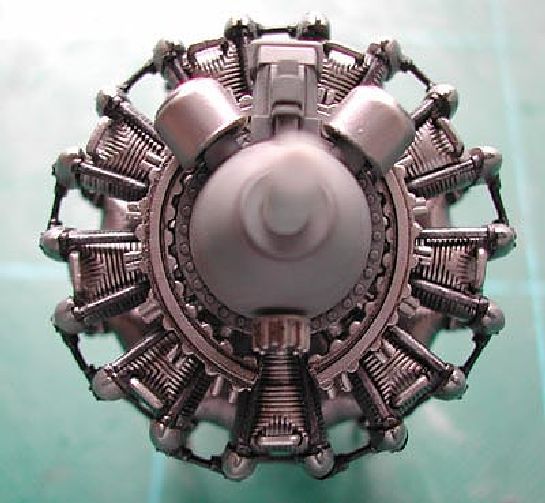
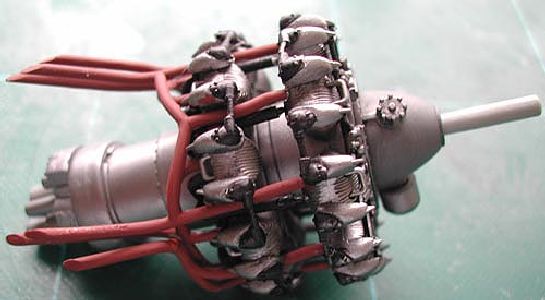
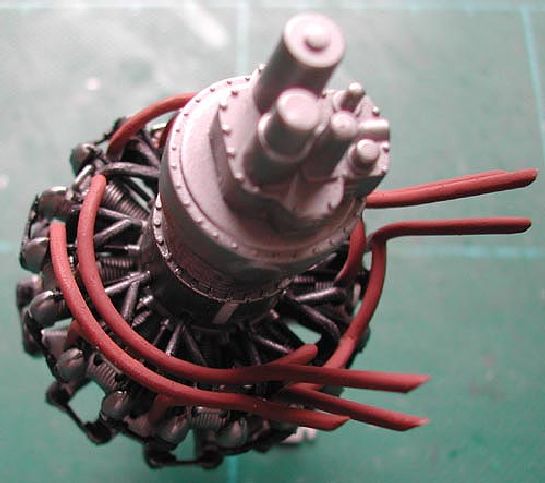
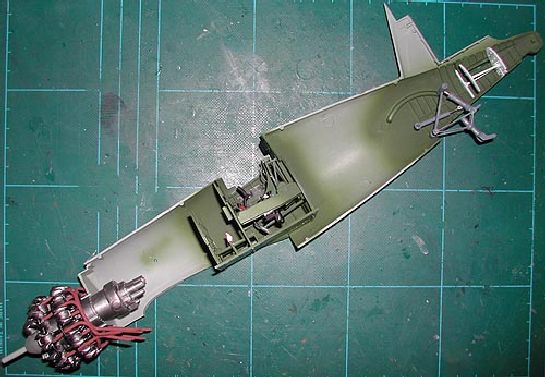
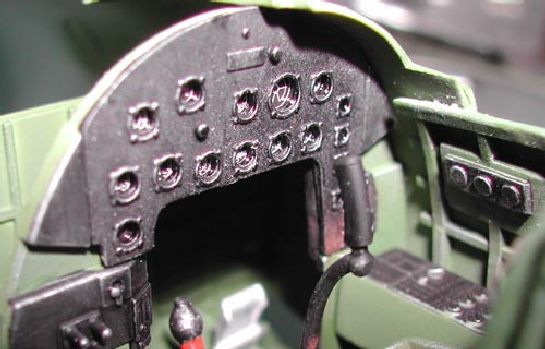
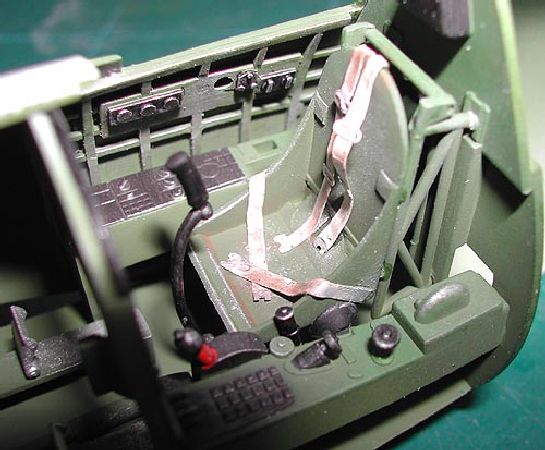
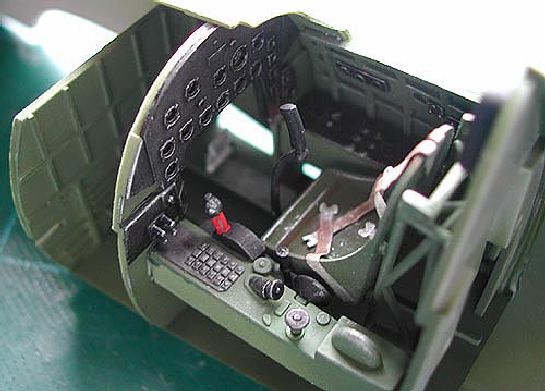
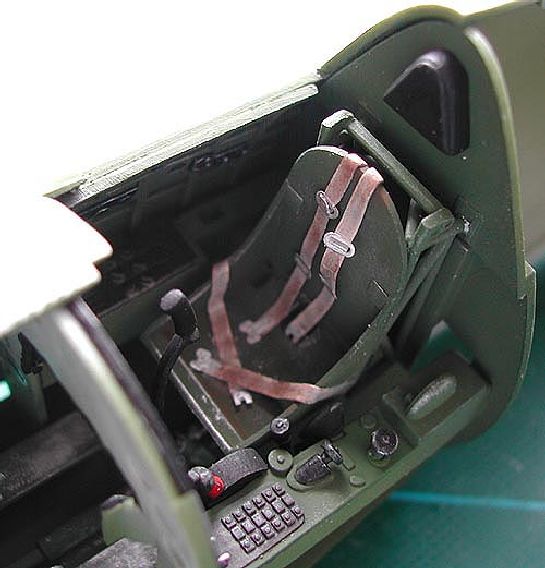
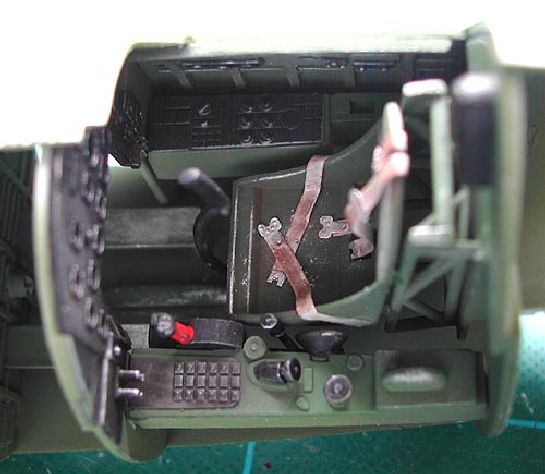
Photographic evidence and my references indicated that the aircraft I wanted to model had very faded and matt camouflage colours, some oil staining, but nevertheless was well maintained. I started with pre-shading using Tamiya acrylic black, which was followed by Tamiya acrylic white on the undersurfaces. For the upper colours I used Humbrol 144 as Intermediate Blue and Aeromaster acrylic Dark Sea Blue. Both colours where lightened with white and their application was then followed by an extensive post-shading with lightened and darkened shades of the base colours, which were applied with Aztek 470 airbrush. Weathering was done using dry pastels, oil washes and paint chipping was simulated with Testors chrome silver. Finished paint job was sealed with a coat of Future in preparation for decals. I used the RNZAF roundels from the RooDecals sheet since they feature a correct blue colour and all the other markings specific for NZ5255 came from the Ventura Decals sheet. Both sets proved to be troublesome. RooDecal roundels reacted erratically to the Set and Sol solutions. Some settled nicely, while others got all wrinkled and I had to sand them smooth and repaint. On the other hand, the Ventura Decals markings had very poor colour density and an adhesive, which was hard to remove and was causing some silvering, especially around serial numbers. And here we go, my first Kiwi aircraft - big, mean and beautiful. I really enjoyed this project and I am really happy with the final result. The new Trumpeter kit is definitely up to today's standards despite some fit problems and I only wish that there was a better choice of RNZAF decals in 1:32 scale.
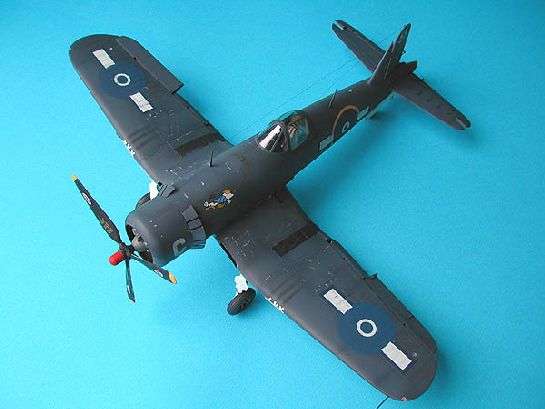
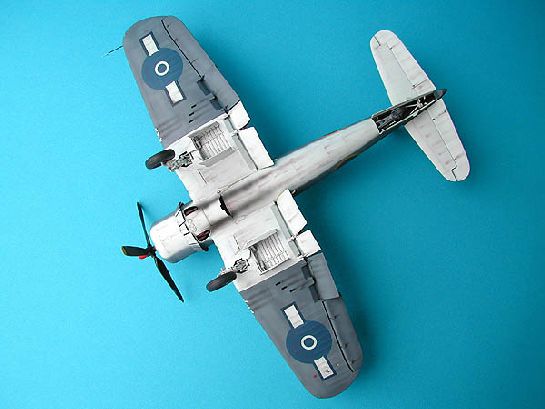
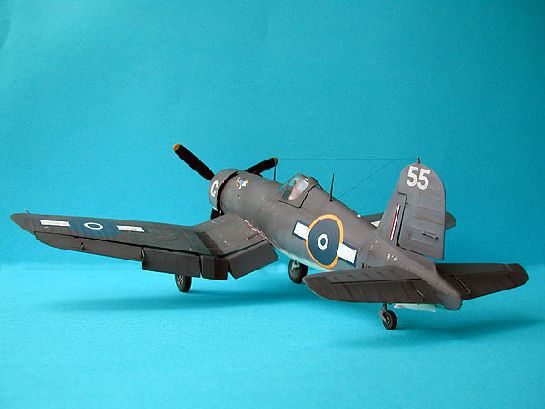
Last but not least, I would like to thank the following people with their help in my research into the RNZAF Corsair: Peter Mossong, Peter Hobbins and Dan Farnham.
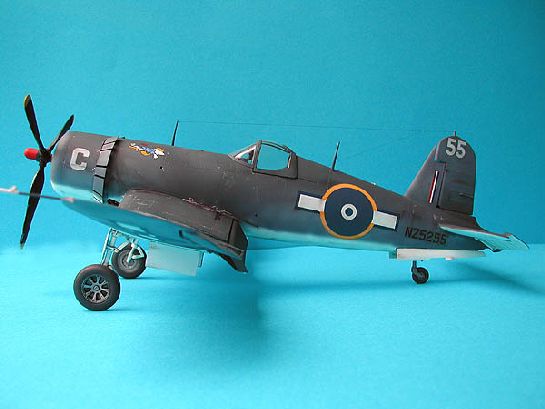
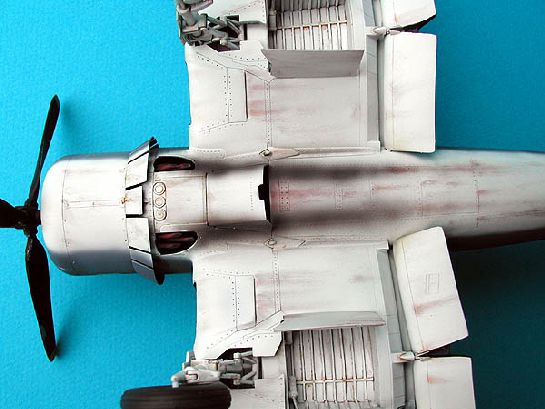
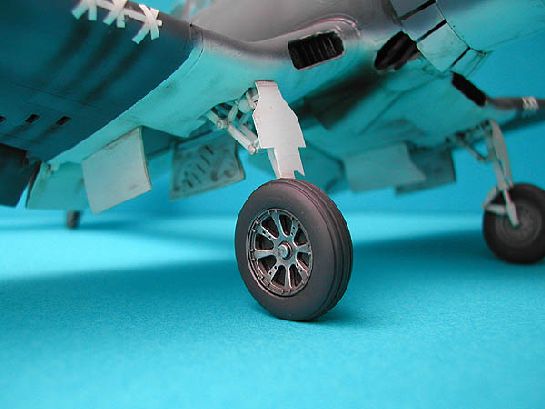
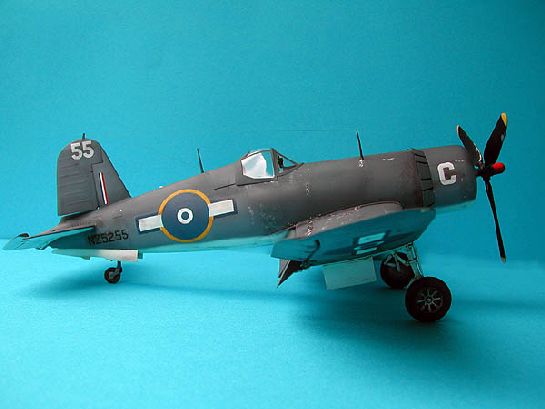
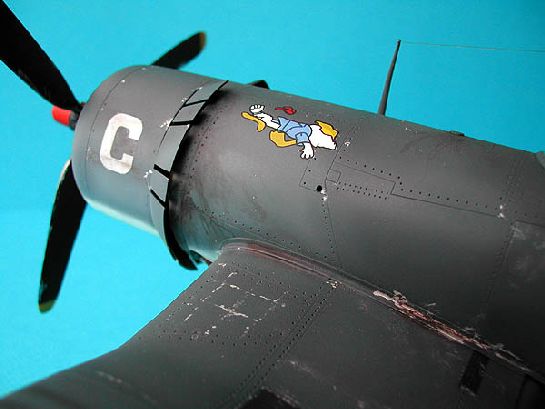
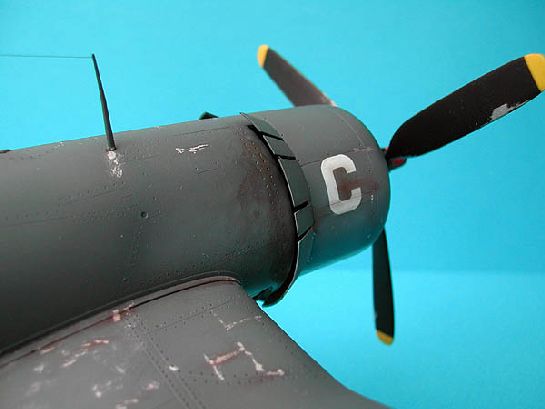
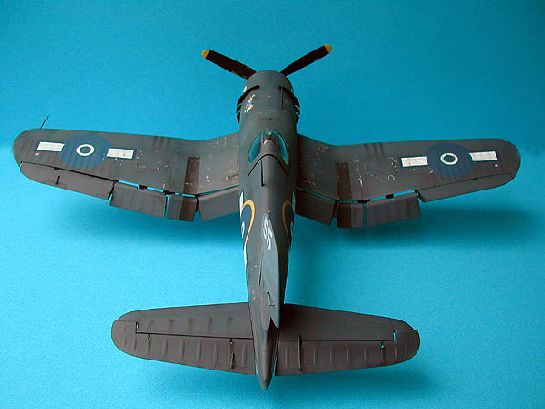
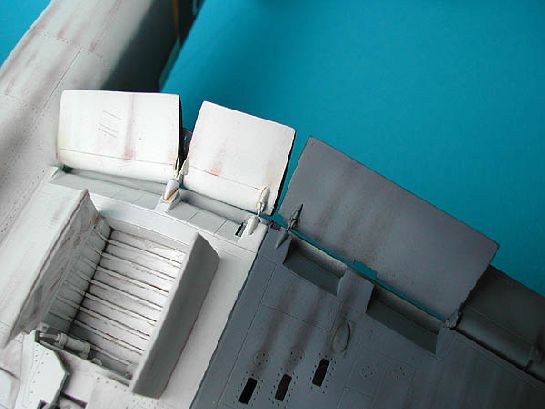
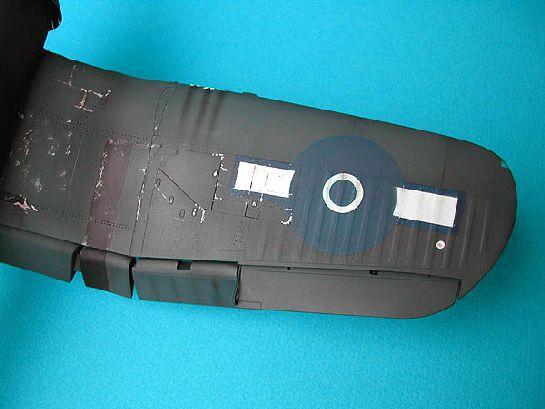
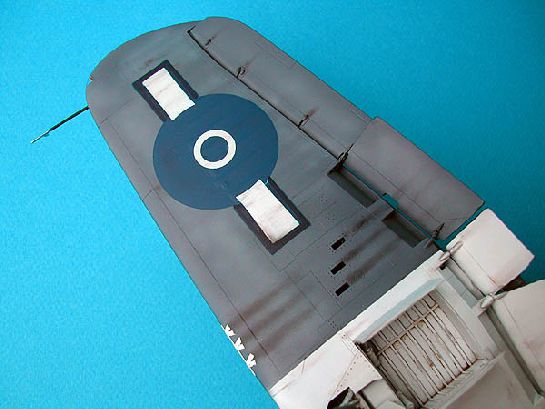
© Lukasz Kedzierski 2004
This article was published on Wednesday, July 20 2011; Last modified on Saturday, May 14 2016
